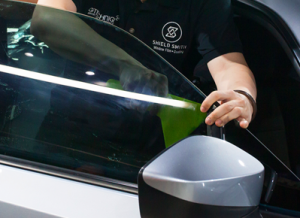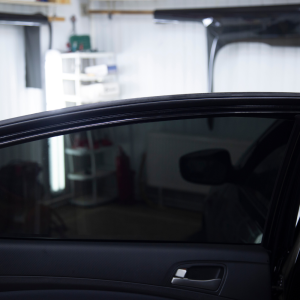Car Scratches
can occur from a variety of everyday situations — automatic car washes, brushing against bushes, careless parking, or even simple road debris. Light scratches that only affect the clear coat may be barely visible under certain angles and can often be removed with polishing compounds. However, once a scratch penetrates the color layer or primer, it becomes much more difficult to repair without repainting. Left untreated, these deeper scratches can lead to rust and paint peeling, especially in humid or coastal environments.
Preventive care such as regular washing with proper techniques, using microfiber towels, and applying protective coatings can help reduce the chance of new scratches. Still, the first step is always accurate assessment. A fingernail test is often a quick way to judge depth: if your nail catches, it likely needs more than just polish. Understanding the difference between surface blemishes and structural paint damage ensures you don’t waste time or money on the wrong treatment — and helps you keep your vehicle looking newer, longer.
Many car owners underestimate the seriousness of Car Scratches, treating them as merely aesthetic issues. In reality, scratches can compromise the protective layers of your vehicle’s paint system. Once that barrier is breached, moisture and contaminants can reach the metal surface, accelerating corrosion. That’s why early detection and proper handling are essential.
1. How Often Should You Wash Your Car?
While a car coating provides self-cleaning properties that keep your car looking cleaner for longer, it doesn’t eliminate the need for regular washing.
Raindrops often contain tiny dirt particles and minerals. After rainwater evaporates from your car’s surface, these minerals remain and can form visible water spots.
If left unwashed, these mineral deposits can slowly penetrate through the coating and eventually cause permanent etching or damage to your car’s surface.
✅ Tip: To protect your coating, it’s recommended to wash your car once a week or at least once every two weeks — especially after rainy days.
2. Always Use Clean Microfiber Towels
When washing or drying a coated car, it’s crucial to prevent cross-contamination.
Always ensure that your microfiber towels, wash mitts, and buckets are completely clean and free from leftover cleaning agents, degreasers, dirt, or debris.
Using contaminated tools can scratch your coating or introduce chemicals that degrade its effectiveness.
✅ Tip: Dedicate specific microfiber towels for coated cars only, and wash them properly after every use.

3. Always Use a pH-Neutral, Wax-Free Car Shampoo
Your car’s coating not only enhances gloss but also forms a hydrophobic surface that repels water, dirt, and contaminants — similar to a paint protection film.
Because of this hydrophobic property:
-
You don’t need harsh chemicals, aggressive cleaners, or clay bars for regular cleaning.
-
Using a pH-neutral car shampoo with no added wax is highly recommended.
❌ Avoid shampoos with wax additives, as they can leave behind residues that reduce hydrophobic performance and attract more dirt.
Over time, this buildup makes your car appear dirtier faster and can compromise the durability of the coating.
✅ Tip: Stick to high-quality pH-neutral shampoos specifically formulated for coated cars to maintain maximum protection and gloss.
Conclusion
Following these simple but important care tips will help maximize the life, shine, and protective performance of your car coating — keeping your ride looking brand new for longer!





